The spice rack of a chef is just as important as a tool as their knives, ovens, and recipes. It is how they create the flavors that inspire them, whether is it traditional French cuisine or a Thai-Mexican fusion sushi restaurant. It is how they make the basic building blocks of meals, like vegetables and proteins, and give them a little pop. A signature flair. Since bay leaves and garlic powder don't blend well into cocktails, bar tenders have to reach for a different tool. They reach for bitters.
Bitters have been around since ancient times, as various civilizations extracted the flavors from herbs and spices into liquids to be used for medicine. The use of them as a flavoring did not become popular until the 18th century, when people realized they could add it to liquor for no other reason than to just enjoy it. This was known as Canary wine, and grew in popularity until Prohibition wiped out any enjoyment people were getting out of cocktails. When bartenders were using it, it was sparingly; a few dashes in any cocktail was more than enough to bring out some flavors.
This makes the amount of bitters used in the Seelbach cocktail a shock. It was created at the Seelbach hotel in Louisville, KY in 1917. There is one story that states a bar man at the time caught the overflow of champagne into a bourbon cocktail, but the actual origin of the drink is lost in lore. The cocktail itself was also lost when Prohibition slammed the bar doors shut. It did not see the light of day until Adam Seger, the restaurant director at the Seelbach (Haigh, Vintage Spirits and Forgotten Cocktails, p 254) rediscovered it in 1995 and brought it back to the menu of the bar. He published the recipe a few years after its Resurrection. Bourbon (Old Forester if you are shooting for authenticity) and champagne make up the bulk of the cocktail. The amount of bitters, normally something used to add or enhance flavor, is eye popping.
The Seelbach (From Vintage Spirits and Forgotten Cocktails)
1 oz./ 30 mL bourbon
.5 oz./ 15 mL orange liqueur
7 dashes Angostura bitters
7 dashes Peychaud's Bitters
5 oz./ 150 mL sparkling wine
Glass: Champagne flute
Garnish: Orange twist
Ice: None
Pour the ingredients, minus the champagne, into the champagne flute and stir well. Top off with the sparkling wine, then stir gently.
While the amount of bitters may be shocking in the cocktail, it all holds up incredibly well. Fourteen dashes is a goodly amount, but the bourbon and sparkling wine hold their own. The sparking wine was not overly assertive, adding more of a sweetening agent and some fizz more than anything else. When I think of this drink, I also think a little bit about the Negroni. It is also a cocktail with many assertive flavors that all play nicely together when added in the same glass. It is definitely a cocktail to add to the repertoire of tricks you have when a celebration is at hand.
